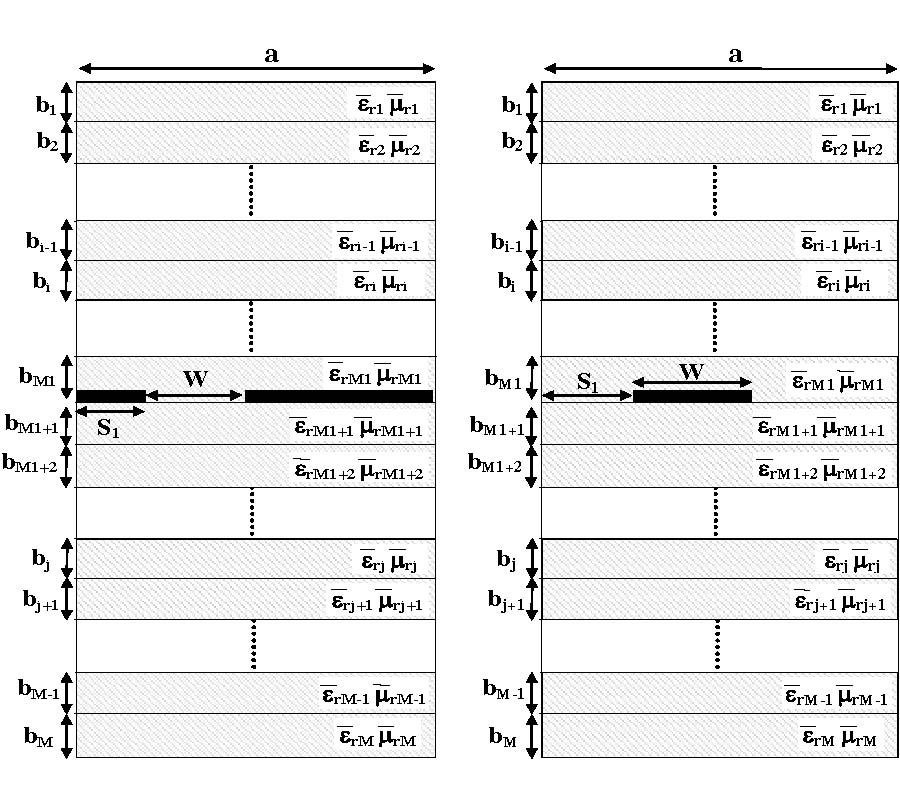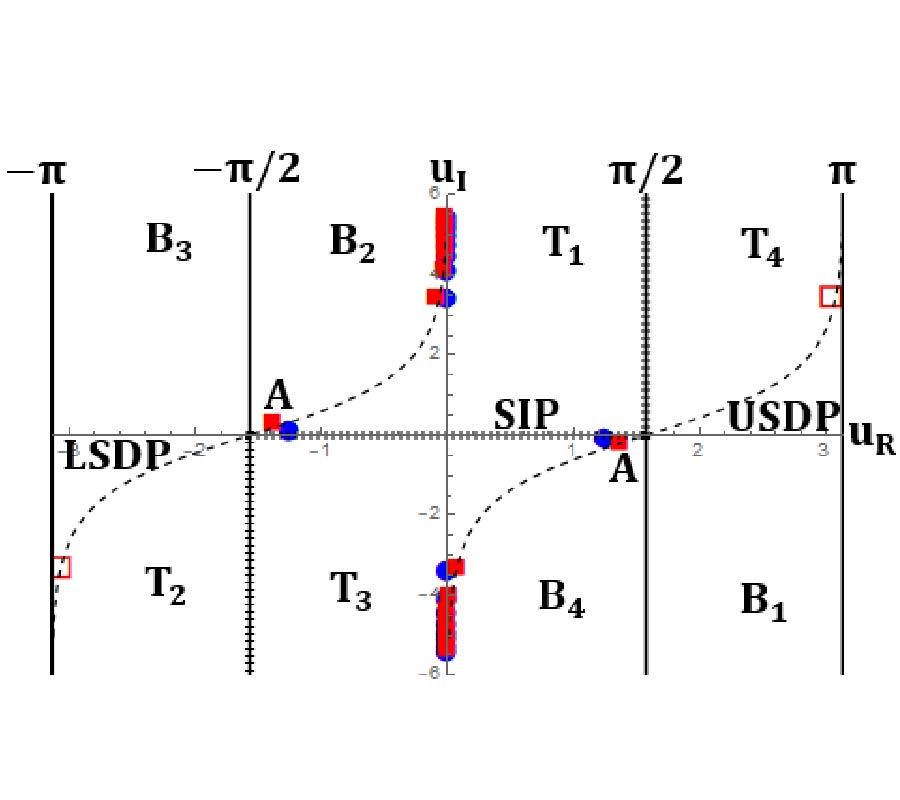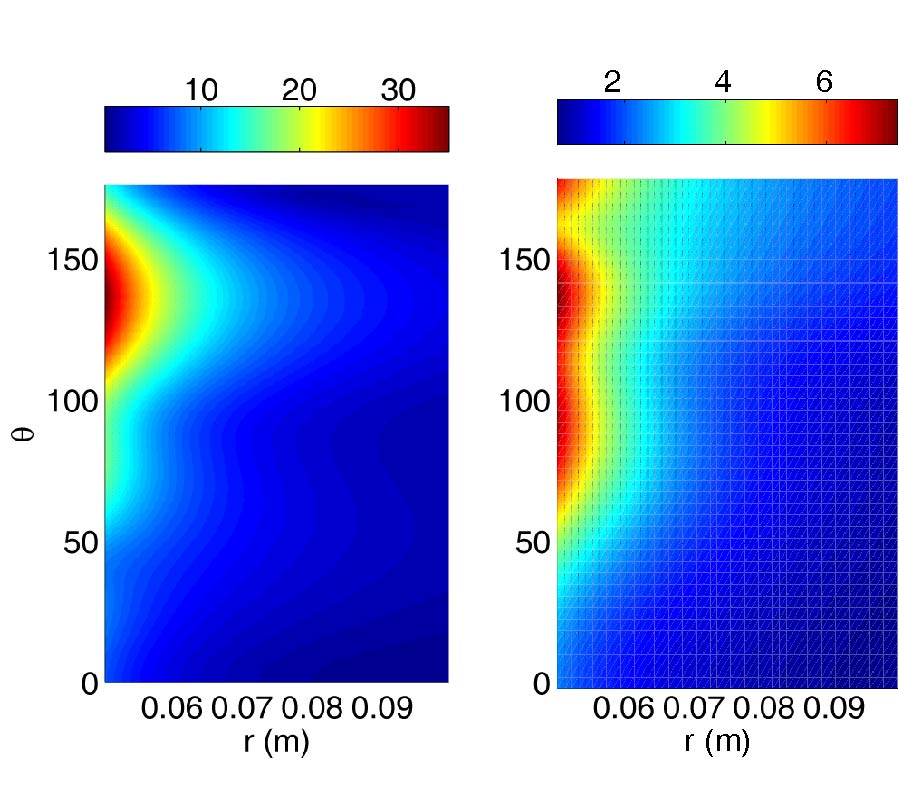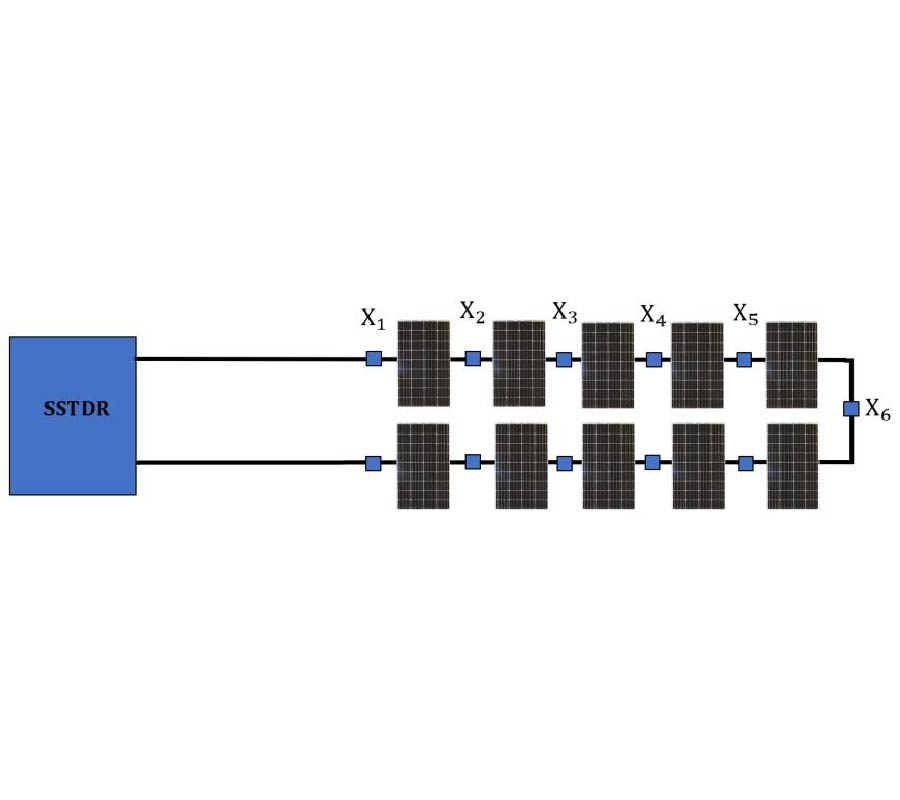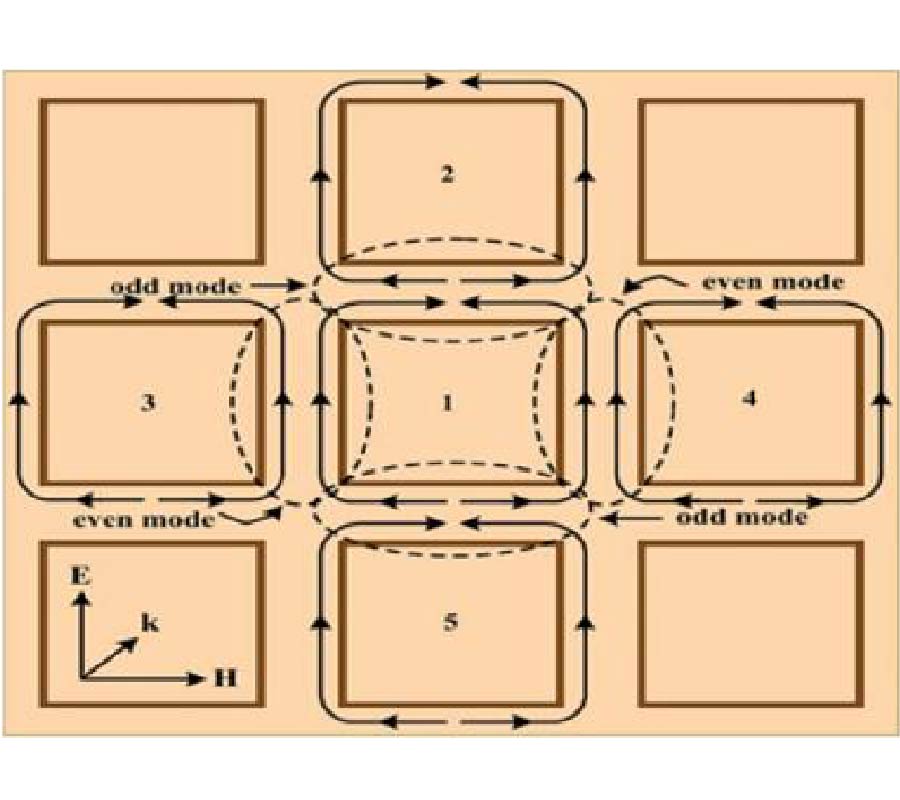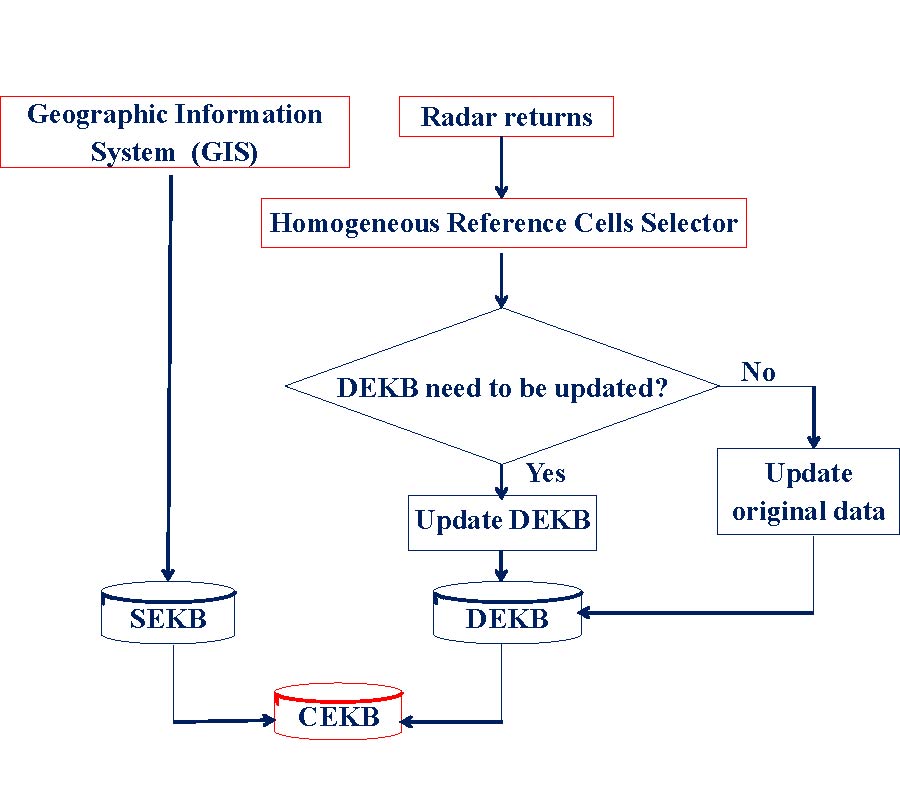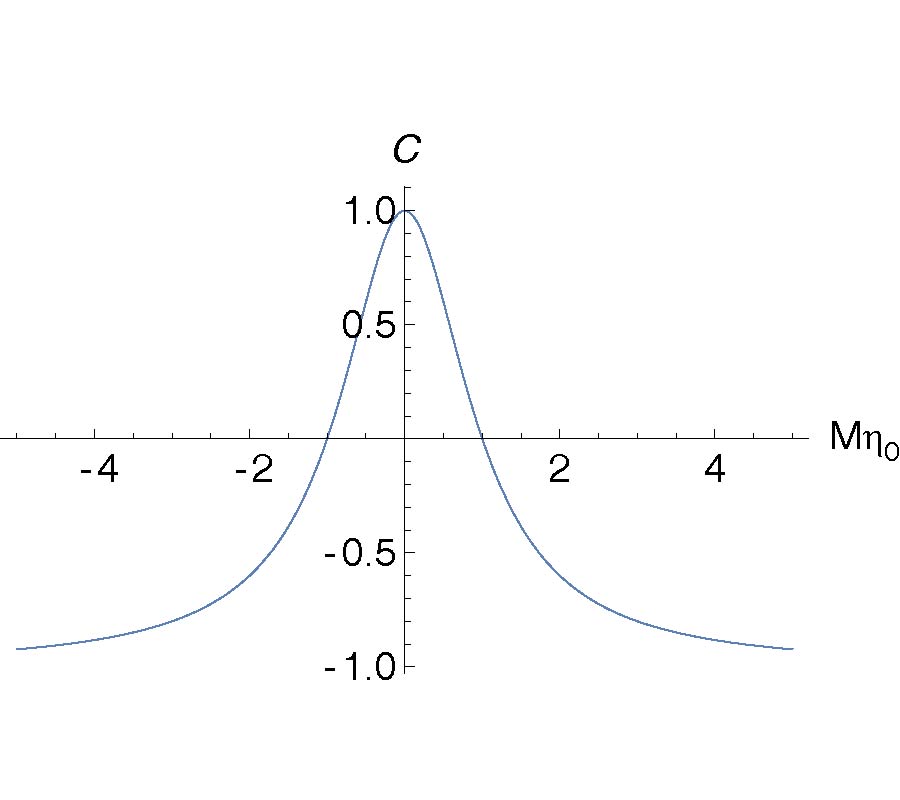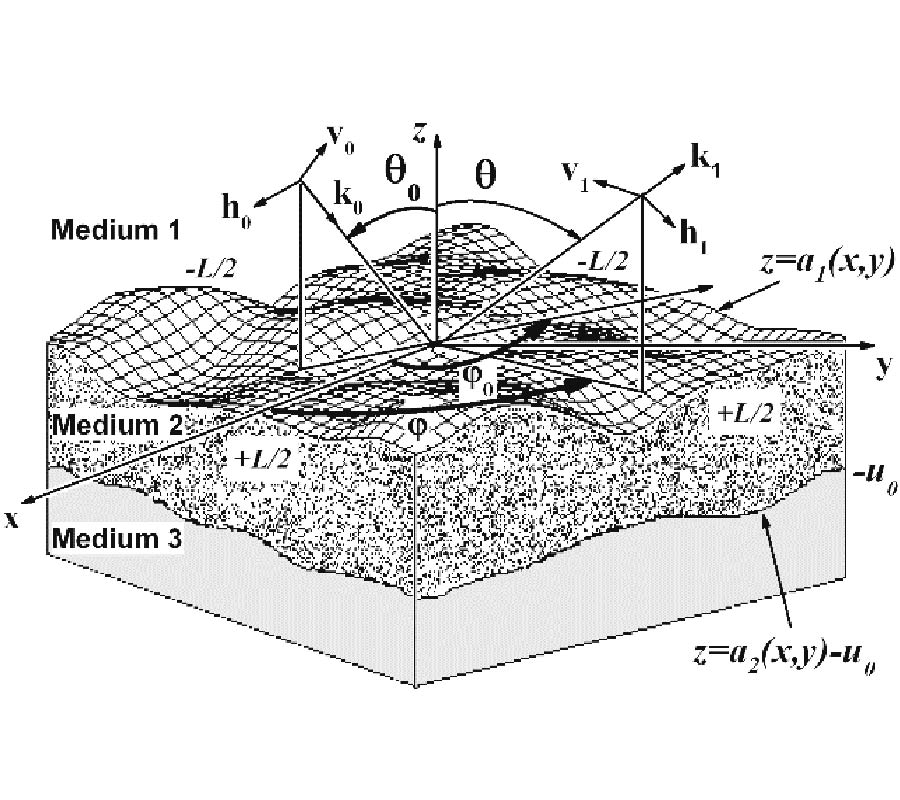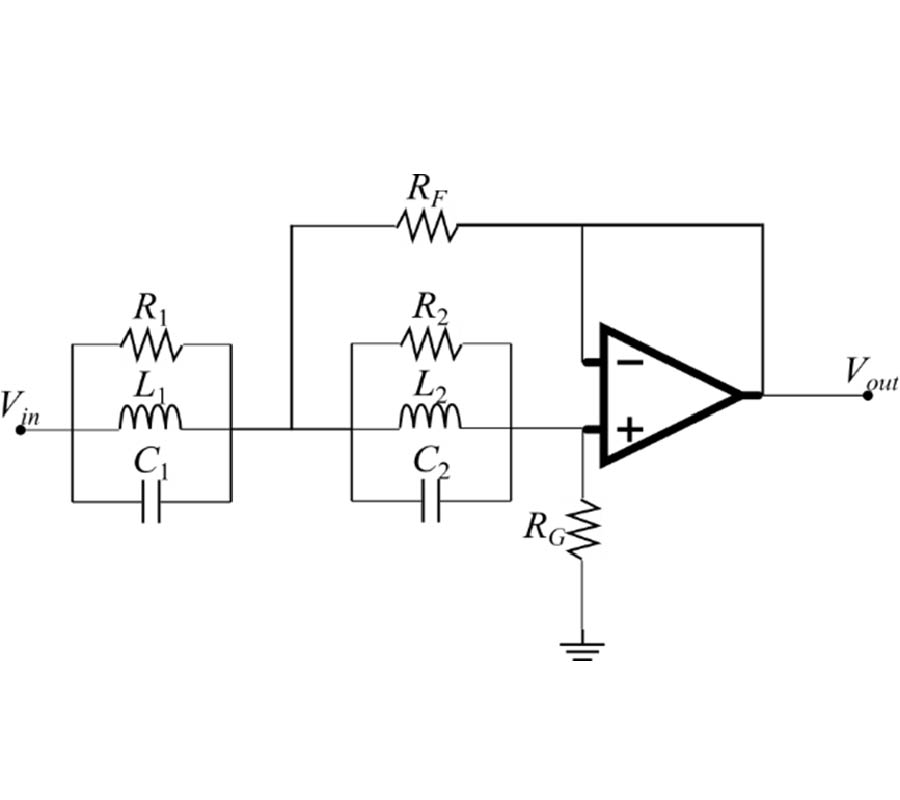Space and Leaky Wave Radiation from Highly Lossy Biological Cylindrical Human-Limps Models
Xenophon M. Mitsalas,
Theodoros Kaifas and
George Kyriacou
The continuous and discrete radiation spectrum of a highly dielectric constant structure with extremely high losses is revisited herein. This work is motivated by the need of efficient electromagnetic power extraction from antenna-sources implanted into the human body. As the dielectric constant of biological tissues varies between 35 and 80 with a conductivity increasing from 0.5 to 2 S/m with frequency, the involved propagation and particularly radiation phenomena cannot be described by the current state of the art published research. Since the scope of the biomedical applications refers to the communication or energy transfer between an implanted device and an external one, the problem to be addressed involves primarily the near field and secondary the far-radiated field. Many of human body parts as the hands, legs, torso and neck can be modeled as cylinders. Indicatively, a non-magnetic infinite cylinder with an average dielectric constant εr1 = 58.1 and conductivity σ = 1.69 S/m is considered, with focus on the hand with average radius 2.75 cm. Although a plethora of excellent publications elaborates both analytically and numerically on the radiation from dielectric cylinders including losses, there is not any work studying rods with so high dielectric constants and extremely high losses, (loss tangents around unity or higher), while most of them are dealing with the far field rather than the near field. Classical works reveal radiation due to the discrete surface and leaky modes as well as a continuous spectrum, while complex modes appearing as quadruplets are found responsible for only energy storage. These are indications of discrete modes transitions as dielectric losses are increased. It is herein proved that indeed increasing losses are causing not only mode transition but also a change in their nature as surface or leaky, while the complex mode quadruplet breaks resulting in radiation in both the near and far fields, while losses have significant effects in the continuous spectrum (sky or space wave). These phenomena are exploited to serve the main purpose of this paper aiming to devise a physical mechanism supporting efficient energy and signal transferring inwards or outwards a highly lossy, high dielectric constant cylinder. The novelty of the proposed methodology stems from a Wiener-Hopf based non-meromorphic Kernel factorization resulting in a field product representation. This is composed of well defined individual terms with each one of them building on a specific pole-mode. The proposed formulation is found to be equivalent to the generalized ``multiplicative'' and ``additive'' steepest descent methods regarding the far field evaluation, but additionally is capable of providing the near field as well. The latter feature supports important biomedical applications. Due to the huge extent of the subject and in order to facilitate the continuous spectrum the analysis is restricted to the excitation by an infinitesimal electric dipole positioned at the origin and oriented along the axis of the cylinder. Studying this structure, a low attenuation low order mode is encountered which is mainly responsible for the energy transferring. This is in accordance with Frezza et al. findings for a ``deeply penetrating'' mode into highly lossy media.
